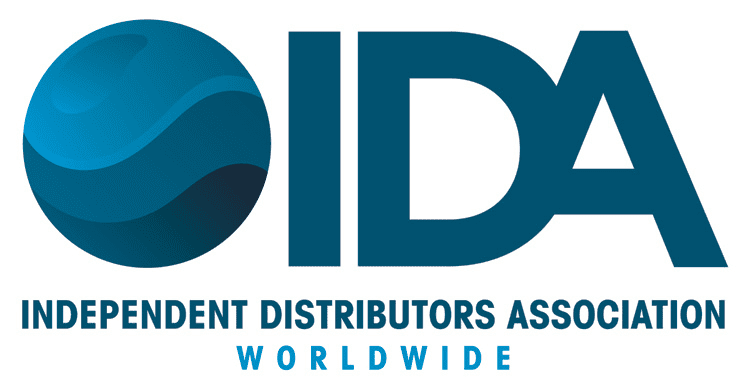What New EU Import Policies Could Mean for U.S. Parts Suppliers in 2026
As global trade policy continues to evolve, new developments out of the European Union are drawing close attention from U.S. exporters—especially in the heavy equipment aftermarket. With proposed adjustments to EU import tariffs and environmental compliance standards set to take effect by 2026, American parts suppliers may need to rethink their strategy for doing business across the Atlantic.
Though the policies are still taking shape, the general direction is clear: tighter regulations, stricter origin tracing, and more selective incentives—all in the name of protecting EU industries and advancing environmental goals.
What might this mean for U.S.-based parts exporters? And how can independent distributors prepare for what’s ahead?
What’s Changing in the EU?
The European Commission is reviewing several key trade measures that could affect heavy equipment parts imported from outside the EU. Among the most impactful for U.S. suppliers are:
Tariff reclassifications for certain component categories, particularly those used in off-road, agricultural, and construction machinery.
Expanded Carbon Border Adjustment Mechanism (CBAM) policies, which could impose fees on goods deemed carbon-intensive unless they meet specific production and emissions criteria.
Greater enforcement of Rules of Origin, with more scrutiny on documentation and traceability—especially for remanufactured and multi-sourced components.
While not all of these measures are finalized, they point to a more complex and compliance-heavy trade environment for exporters selling into the EU.
Potential Impacts on U.S. Parts Suppliers
1. Higher Costs for Some Product Categories
If tariff rates increase or CBAM fees are applied to certain categories of parts, U.S. suppliers may face cost pressures that could reduce competitiveness in European markets. Items such as castings, hydraulic components, or high-emission manufacturing items could be affected first.
2. Demand for Traceable, Low-Impact Parts
Environmental transparency is fast becoming a trade requirement. EU importers may increasingly favor suppliers that can prove low-emission production methods, ethical sourcing, and full traceability—raising the bar for documentation and supplier audits.
3. Pressure to Localize
To avoid tariffs or qualify for duty relief programs, some U.S. companies may explore partnerships with EU-based distributors or light assembly operations inside the bloc. These “in-market” strategies could reduce landed costs and shorten delivery timelines.
4. Longer Lead Times for Compliance
As rules tighten, shipments may be delayed if paperwork is incomplete or origin documentation is questioned. U.S. exporters should prepare for added administrative steps and collaborate closely with freight forwarders and customs brokers.
How Distributors Can Prepare
Stay Informed and Engage Early
The proposed policies are still under review, but timelines are moving quickly. Distributors with significant EU business should monitor European Commission updates and consider engaging trade advisors or legal counsel to assess risk exposure.
Reassess Your Export Catalog
Some parts may soon face more restrictive entry rules than others. Reviewing your SKUs and identifying high-risk products now can help you develop alternate sourcing or certification strategies well in advance of enforcement deadlines.
Invest in Documentation and Compliance Systems
From digital certificates of origin to emissions audits, compliance will likely become a more significant part of doing business internationally. Investing in systems that streamline these processes can improve efficiency and reduce the risk of customs delays.
Strengthen EU-Based Relationships
Distributors with established partners inside the EU may find it easier to navigate changes. Joint ventures, distribution agreements, or shared warehousing could serve as practical pathways to maintain market access.
Final Thoughts
The EU’s upcoming tariff and import policy changes are part of a broader global trend toward more complex, sustainability-focused trade regulation. For U.S. aftermarket parts suppliers, the message is clear: adaptability and early preparation will be key.
While challenges are on the horizon, so too are opportunities—for those who can navigate the changes with agility, transparency, and a commitment to long-term strategy.
The path to the 2026 EU market starts now. Is your operation ready?


